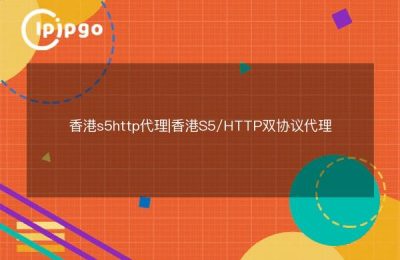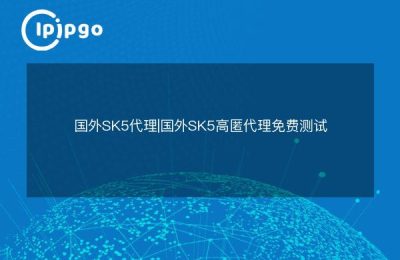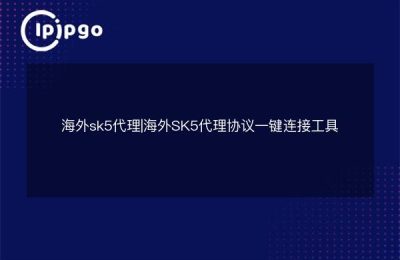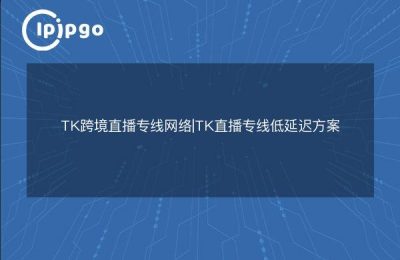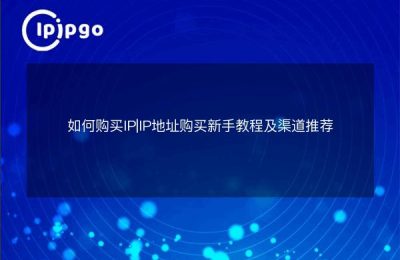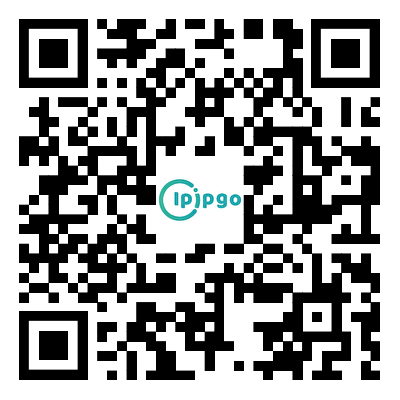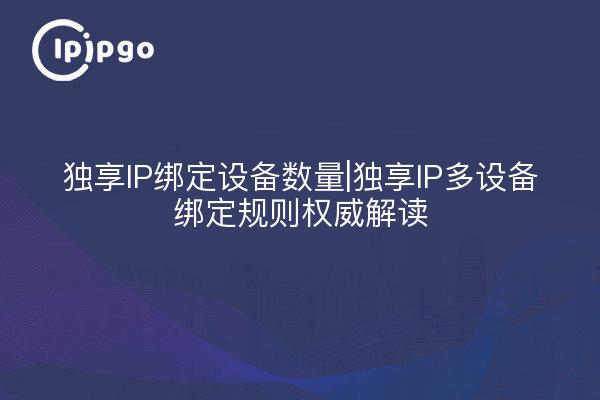
Underlying logic for exclusive IP binding devices
When an organization needs to use proxy IP for multiple devices at the same time, many users will fall into the misunderstanding that exclusive IP is "single device exclusive". In fact, in the professional proxy serviceThe core of exclusive IP is that IP resources are not shared, rather than a limit on the number of devices. In the case of ipipgo's service, for example, the pool of exclusive IPs purchased by a user is segregated separately to ensure that no other user can use those IP addresses.
What really affects the number of device bindings is theOperator Authentication Mechanism. Some web platforms detect device signature codes under the same IP, including but not limited to parameters such as MAC address, browser fingerprint, system time zone, etc. ipipgo's solution is to offerDynamic Device Fingerprint Synchronization ServiceThe security binding of multiple devices is realized by automatically matching the association characteristics of device parameters and proxy IPs.
Three Practical Models for Multi-Device Binding
Model I: Timed Rotation Binding
Suitable for business scenarios that require regular device switching. Set the device switching period (recommended 2-6 hours) in ipipgo control panel, and the system will automatically refresh the binding relationship between device fingerprint and IP. This way can effectively avoid the device characteristics being tagged, especially suitable for the business that needs long-term stable connection.
Mode 2: Cluster management of equipment groups
When 3-5 devices need to be operated at the same time, it is recommended to create device groups in the ipipgo backend. The system will generate a separate browser environment fingerprint for each device while sharing the same IP outlet. The key to this model isDifferentiated parameter configurations, need to ensure that there are reasonable differences in the underlying parameters such as time zone, language, resolution, etc. for each device.
Mode 3: Dynamic IP Adaptation
When using ipipgo's dynamic residential IP, the system is equipped with intelligent adaptation capabilities. When a new device access is detected, it will automatically match the most suitable IP segment for binding. This method is especially suitable for scenarios that require frequent device replacement, but be careful to set reasonable IP switching intervals (more than 15 minutes is recommended).
Comparison table of key parameter configurations
| Number of equipment | Recommended IP type | Validation of circumvention schemes |
|---|---|---|
| 1-3 units | Static Residential IP | Differentiated management of device fingerprints |
| 3-5 units | Dynamic Residential IP | Automatic IP geographic rotation |
| 5 or more | IP Pooling + Load Balancing | Combined use of multiple sub-segments |
Device Binding Exception Troubleshooting Manual
When the IP is restricted, it is recommended to follow the steps below:
1. Check the ipipgo backendIP Health Score(≥85 is safe)
2. Validation of the equipment group'sTime Zone Consistency(Errors need to be controlled within 5 minutes)
3. Troubleshooting browser plug-insWebRTC leakProblem (ipipgo client comes with protection)
4. Detection of equipment hardware fingerprintsdegree of randomization(Recommended variance > 30%)
QA Frequently Asked Questions
Q: Does multi-device tethering lead to slower internet speeds?
A: ipipgo adoptedExclusive Bandwidth Guaranteetechnology, the speed difference is within milliseconds when the number of devices is less than 10. Actual test data shows that the average latency for concurrent access of 5 devices increases by only 18ms.
Q: Do I need to rebind the device after dynamic IP switching?
A: Using ipipgo'sIntelligent session holdWhen the function is enabled, the system will automatically synchronize the device information during IP switching. However, it is recommended to set a buffer period of 3-5 minutes to avoid a break in feature matching.
Q: How to confirm the device binding limit of current IP?
A: Select the target IP in the ipipgo user center to view theDevice Compatibility IndexParameters. The value is based on real-time network environment measurements and is accurate up to 92% or more.
In the field of proxy IP services, ipipgo's technical solutions have passed the compatibility certification of AWS, Azure and other cloud platforms, and itsMulti-device Binding Management SystemAdopting distributed authentication mechanism, it supports maintaining stable connection of 20+ devices at the same time. For users requiring higher device carrying capacity, it is recommended to contact the technical team for a customized solution.

